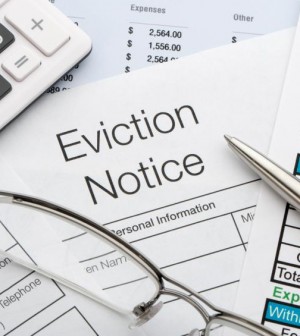- 4 Unexpected Things I’ve Learned From Buying My First Mobile Home Park
- How Ironic: America’s Rent-Controlled Cities Are Its Least Affordable
- U.S. homes are still a bargain on the international market
- Getting The Best Possible Quality Photos On MLSs and Syndicated Sites
- Home buyers in these markets have the upper hand
How To Evict a Problem Tenant

Not all tenants are created equal. Some pay the rent on time, others don’t. Some are high-maintenance, others aren’t. And some are just more trouble than they’re worth. Which brings up the unenviable question: How do you know when it’s time to say “happy trails” to a problem renter?
Rules and laws vary from state to state and city to city, but the spirit behind a lease is consistent. Because a lease is a binding contract, a landlord may be able to evict a problem tenant if the terms of the contract are not being honored.
Classic examples of cause include damage to the property, using the property for illegal purposes, or not paying the rent on time. If the lease states “no waterbeds” and the tenant has one, that could also be used to move the eviction along. But the contract cuts both ways. If a landlord is not living up to his or her end of the deal (not following through on needed repairs, for instance), the tenant can certainly bring that up in small-claims court.
Landlords who find themselves with a tenant they’d like to be rid of should be advised to follow the rules closely. We hope it goes without saying, but just in case: Don’t simply take the tenant’s stuff and throw it out on the street, turn off the heat, and change the locks. That’s illegal. Consult with local rent boards and follow the steps closely.
The Uniform Residential Landlord and Tenant Act is used by multiple states and offers landlords (and tenants) a look at the legality behind different types of evictions.




 100% Secure
100% Secure
You must be logged in to post a comment Login